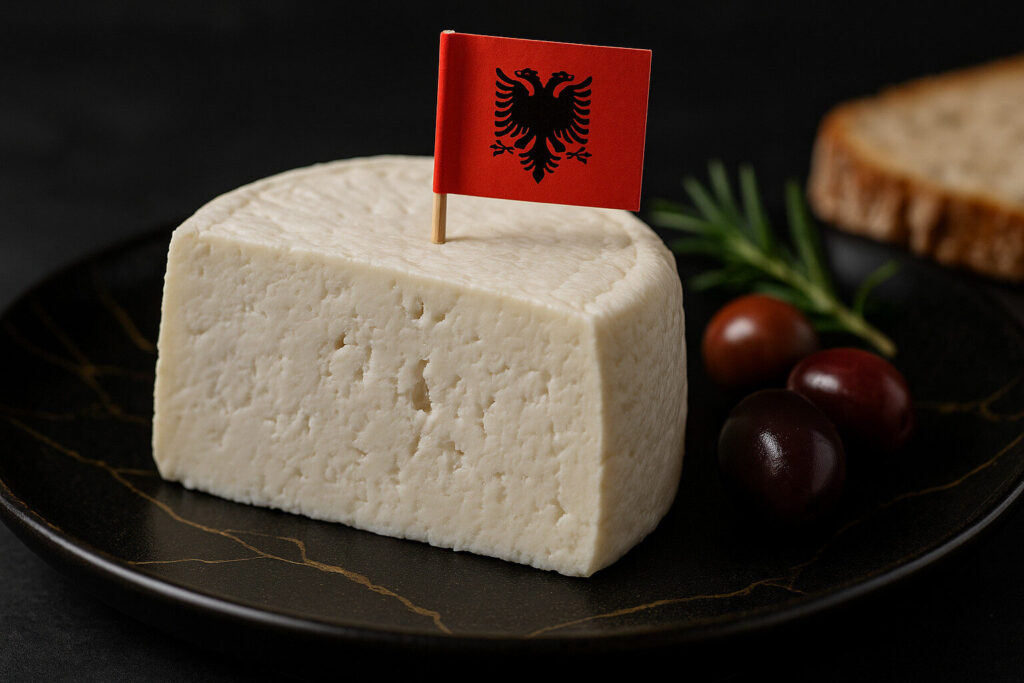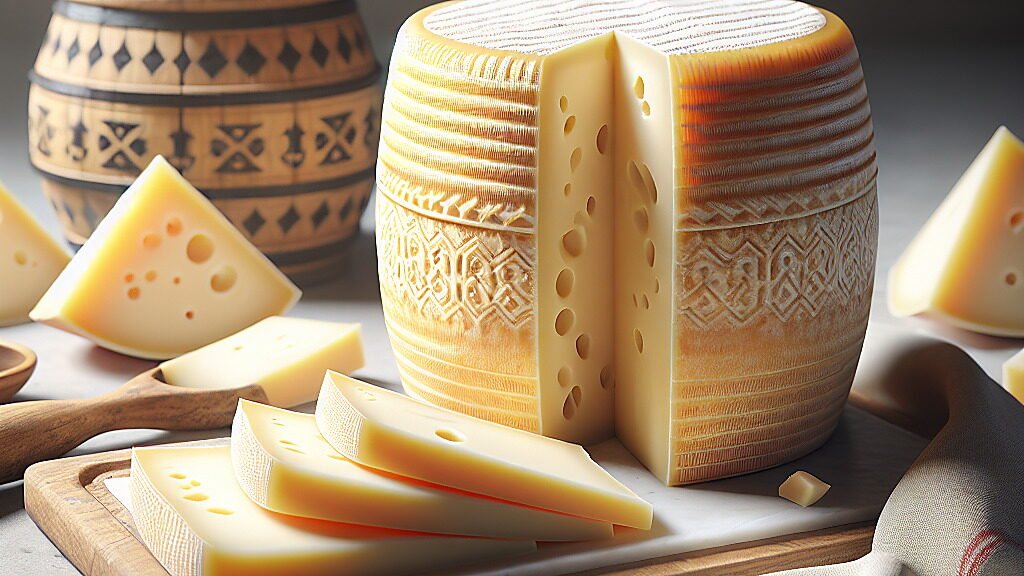Animal Skin Aged Cheese
Definition and Scope
Animal skin aged cheese refers to a category of cheeses matured within natural animal hides, primarily from goats, sheep, or pigs. This traditional technique creates a unique microclimate that influences moisture regulation and microbial development. The practice is most prevalent in Mediterranean and Balkan regions, producing distinct regional varieties.
These cheeses typically develop firm, dense textures and complex flavor profiles through extended aging periods. The animal skin acts as both a protective barrier and a contributor to the final product’s characteristics. This method represents an ancient approach to cheese preservation still valued for artisanal quality.
Production Process
Production begins with standard cheese making procedures including curdling, draining, and initial pressing. The key differentiation occurs during the aging phase when the young cheese is placed inside thoroughly cleaned and prepared animal skins. The skins are often salted and treated to ensure food safety while maintaining breathability.
During aging, which can last from several months to years, the skin allows controlled moisture evaporation while protecting against external contaminants. This natural casing promotes specific mold and bacterial growth that contributes to flavor development. The finished cheese typically retains impressions from the skin’s interior texture.
Sensory Profile
Animal skin aged cheeses exhibit pronounced earthy and gamey notes derived from their unique aging environment. They often develop robust, savory flavors with hints of mushroom, leather, and sometimes barnyard characteristics. The texture ranges from semi-firm to hard, becoming more crystalline with extended aging.
These cheeses typically possess a distinctive rind that may carry subtle aromas from the animal skin. The paste color varies from ivory to deep yellow, depending on milk type and aging duration. Flavor intensity generally increases with age, developing greater complexity and sharper notes.
Culinary Uses
Due to their bold flavors, animal skin aged cheeses serve well as table cheeses for direct consumption. They pair excellently with full-bodied red wines, crusty breads, and dried fruits. Their robust character stands up well to strong accompaniments like olives, cured meats, and honey.
In cooking, these cheeses grate well over pasta dishes or incorporate into stuffings and sauces where their intense flavor can dominate. They work particularly well in Mediterranean and Middle Eastern recipes that traditionally feature strong, aged cheeses. Shaving over salads or melting into rustic dishes highlights their distinctive qualities.
Regional Examples
Tulum cheese from Turkey represents a classic example, aged in goatskin bags that impart characteristic flavors. This protected designation of origin product uses specific regional milk and traditional methods. The cheese develops a crumbly texture and tangy, slightly sharp taste after several months of maturation.
Bulgarian Kashkaval vitosha undergoes skin aging in sheep stomachs, developing a distinctive sharpness. French Picodon sometimes employs goat skin aging in artisanal productions, enhancing its peppery notes. These regional variations demonstrate how local traditions and specific animal skins create unique cheese identities.


